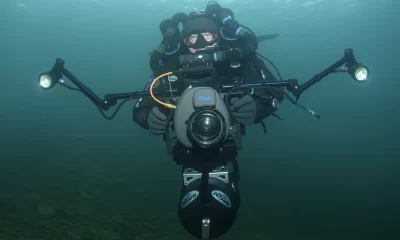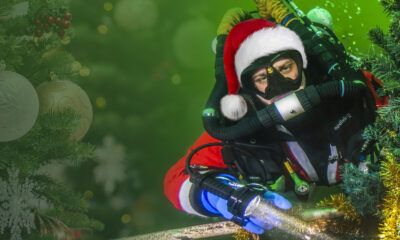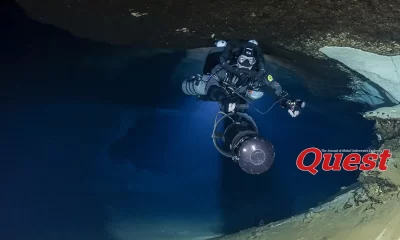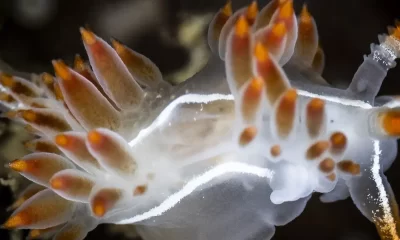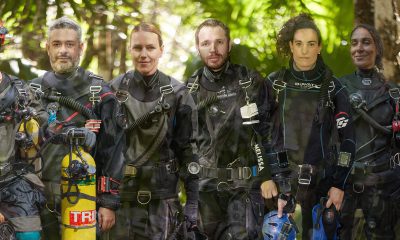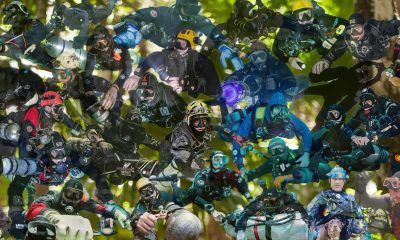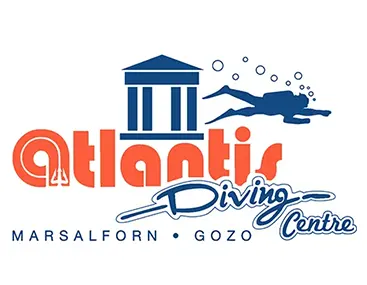Community
The Who’s Who of Sidemount

Daniele Pontis
Daniele Pontis is a dedicated and outstanding sidemount and sidemount rebreather instructor. The owner of Bluforia Dive Center in beautiful Cala Gonone, Sardinia, he walks the talk in terms of teaching and promoting sidemount and cave diving.
What is sidemount to you?
Conceptually, sidemount is a setup that helps with buoyancy, trim, maneuverability, redundancy, fitting in restrictions, etc. These are great qualities, but I would like to emphasize that sidemount, unlike backmount, is a configuration that does not create any muscle stress, in and out of the water. Therefore, for a properly trained diver with a proper configuration, sidemount implies a great saving of energy during the dive. It also adds flexibility and physical lightness compared to back mount configurations.
What can be improved in sidemount in general?
What I think needs improving is the emphasis on the importance of proper training. When not supported by quality training, a sidemount course can turn against you and your diving comfort. Unfortunately, there are instructors with misconceptions who, in turn, pass on these incorrect beliefs to their students, instead of communicating the real benefits of sidemount for both recreational and technical divers. Sidemount should not be mistakenly considered a configuration that’s only suitable for certain aspects of technical diving, such as cave diving. Better communications and training is needed.
Was there an epiphany moment for you with sidemount?
My involvement with sidemount was driven by curiosity. I thought it would be very interesting to get to know this configuration better. As soon as I started working with it, I realized that, in addition to curiosity, what led me to sidemount was not feeling 100% perfect in back mount configuration, both in open and closed circuit. I was not enjoying diving as much, because I experienced fatigue and was constantly struggling with my equipment. Even with deep knowledge and experience with back mount, and respecting the Hogarthian philosophy, I found that there was still something not working properly for me. As a result, I decided to focus on, and improve my sidemount configuration and diving, mostly out of my personal need to improve comfort underwater by enrolling in a formal, high quality sidemount course.

Should sidemount be taught at the Open Water course level?
In my opinion, we should completely redesign Open Water courses in order to be able to teach it using a sidemount configuration. From my point of view, these courses tend to be quite superficial, so in that case, adding something as complex and highly personalized as sidemount diving is not a good idea. Although I think that learning to dive in sidemount could have huge benefits, I feel that the industry is not ready for it yet, unfortunately, just for the simple fact that there is not yet a consistent culture of quality teaching in sidemount.
How important is staff excellence for a diving center?
It is extremely important. Unfortunately, it is often a chimera because of how long it takes to develop. It is not just about the courses, it’s about the path and attitude that professionals should have, which includes continuous learning. It’s not enough for a single person to provide quality teaching and vision. The team needs to be on the same page, so the center can provide consistent, quality education from one instructor to the next. I consider myself very lucky because, after much sacrifice, my team has truly achieved excellence.
Return to: The Who’s Who of Sidemount
DIVE DEEPER
Speaking Sidemount: Episode #65: Daniele Pontis



















